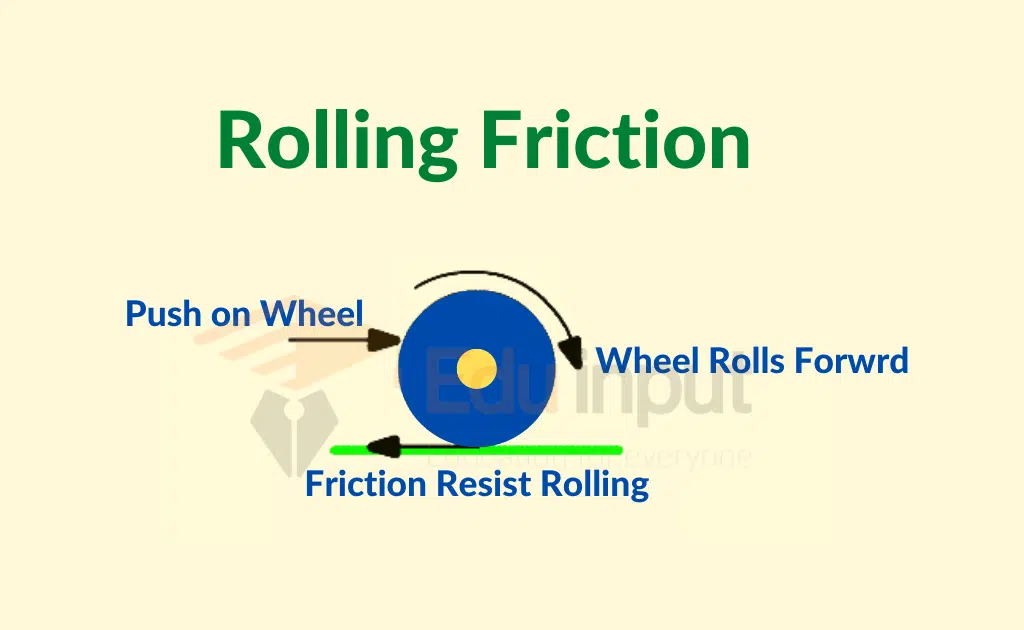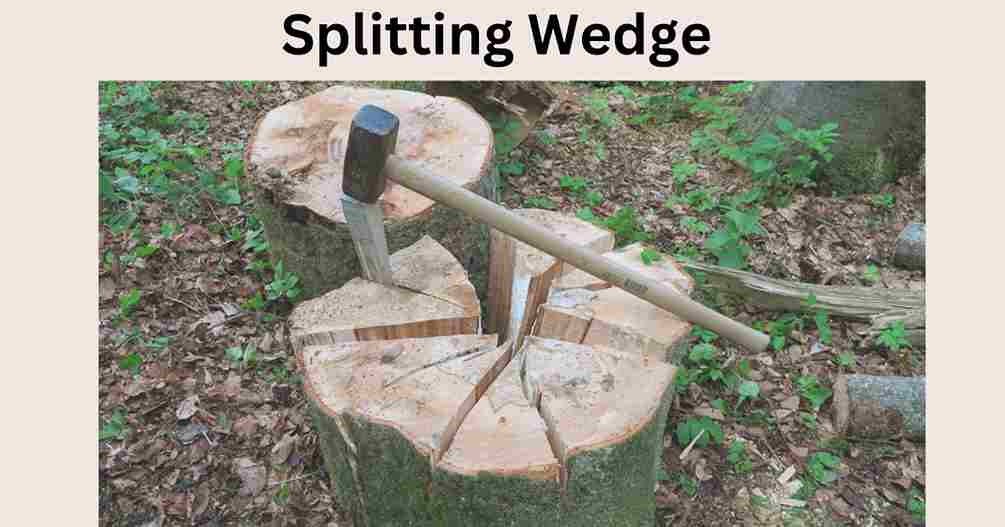Rolling Friction-Definition, Laws, Coefficient, And Causes
Rolling Friction Definition
Rolling friction refers to the resistance encountered when an object rolls over a surface. It is a type of friction that occurs between the rolling object and the surface it is in contact with.
Unlike sliding friction, which occurs when two surfaces slide against each other, rolling friction occurs when an object such as a wheel or a ball, rolls over a surface.
What is Rolling Friction?
Rolling friction is also known as rolling resistance. There are two types of friction acting on a moving solid body. The force resisting the motion of a rolling body on a surface is called rolling friction or rolling resistance.
In this type of friction, one side of the body is stationary. The other side of the body moves across the surface and does not touch it.
The box sliding across the table is an example of sliding friction. It is considerably weaker than sliding friction.
For Example, A ball rolling on a field won’t go as far as a ball rolling on a concrete floor because it will experience more rolling friction on the previous surface.

The loudest sound generated by automobiles and trucks happens when their tires are rolling on a roadway. The noise generated is mainly due to the vibration of the treads, and the compression (and subsequent decompression) of air temporarily captured within the treads.
Explore this topic further in detail
How strong is rolling friction?
How to reduce rolling friction?
How to increase rolling friction?
How to calculate rolling friction?
How is rolling friction caused?
How is rolling friction caused?
Why rolling friction is less than sliding friction?
According to a study conducted by David Tabor, The interfacial slip between rolling objects plays a minor role in contributing to rolling friction, and the primary source of rolling resistance is elastic hysteresis losses within the materials themselves. Lubricants may reduce wear but have little effect on rolling resistance.
He confirms in his study that elastic hysteresis losses are the main source of rolling resistance
Rolling Friction Examples
It is the force that opposes the motion of a rolling object, such as a ball or a wheel. Here are some examples of rolling friction:
- A car moving on a road: The tires of a car rolling on a road experience rolling friction, which opposes the motion of the car. This friction is important because it helps the car to stop and change direction.
- A ball rolling on a surface: When a ball rolls on a surface, there is friction between the ball and the surface. This friction is known as rolling friction, and it helps to slow down the ball as it rolls.
- A bicycle moving on a road: The tires of a bicycle also experience rolling friction as they roll along the road. This friction helps the bicycle to maintain its speed and stability, and it is important for controlling the bike.
- A rollercoaster moving on a track: The wheels of a rollercoaster experience rolling friction as they move along the track. This friction helps to slow down the rollercoaster and prevent it from moving too quickly around corners.
- A suitcase rolling on a floor: The wheels of a suitcase experience rolling friction as it is pulled along the floor. This friction helps to prevent the suitcase from sliding too quickly and helps to control its movement.
Laws of rolling friction
There are three laws of rolling friction:
- It decreases as the smoothness of the surface increase.
- It is the product of the constant of the frictional power and load.
F = kLn
- It is inversely proportional to the radius of curvature and directly proportional to load.
F = μ×W/r
Coefficient of Rolling Friction
The coefficient of rolling friction is the ratio of the total weight of the object to the force of rolling friction. Mathematically,
μ=F/W
Where μ is the coefficient of the rolling friction and W is the total weight of the object.
Cause of Rolling Friction
If the energy of deformation is greater than the energy of recovery then there’s rolling friction. There’s an adhesive force between the two surfaces that needs to be overcome constantly.
The amount of friction is based on a variety of factors, including:
- Load
- The surface area of the body
- The diameter of the rolling body.
- The quality of the rolling body.
- The quality of the sliding body
Some materials, such as rubber, which bounce back slowly, exhibit more rolling resistance than other materials with a small hysteresis effect.
Railroads have hysteresis in the roadbed structure, so low rolling resistance tires typically incorporate silica in place of carbon black in their tread compounds to reduce that.
Related FAQs
What is the definition of rolling friction?
Rolling friction is the type of friction that opposes the movement of a rolling object on a surface.
What is an example of rolling friction?
A football rolling on the ground will slow down as time passes due to rolling friction.
What are 5 examples of rolling friction?
These are the 5 most common examples of rolling friction.
Truck tires
Ball bearings
Bike wheels
A soccer ball
Car tires
What causes rolling friction?
Rolling friction is the same as a ball and roller bearings in that a wheel, ball, or cylinder rolls freely over a surface. The main source of inertia in rolling appears to be the amount of energy dissipated by the objects.
Is a car faces rolling friction?
When a car is driving on a road, the front tire pushes the road backward and the road pushes the car forward. Because of the friction between the tire and the road, the car moves. This friction is called rolling friction.
Is the force resisting the motion when a body rolls on a surface?
Yes, rolling friction is the force resisting the motion when a body rolls on a surface.







Leave a Reply